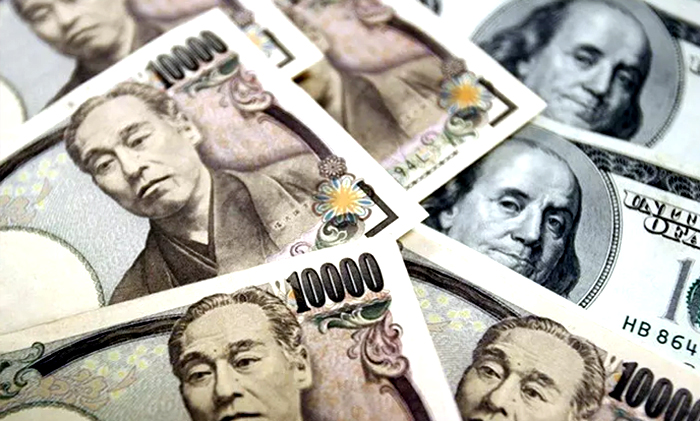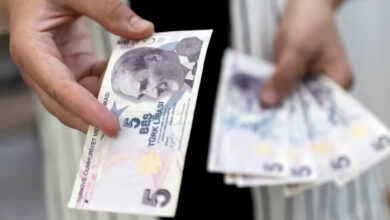The dollar is getting stronger, and the yen is going back down.

The U.S. dollar went up in early European trading on Thursday, as buyers came back ahead of the Federal Reserve meeting next week. On the other hand, the yen had trouble holding on to its gains from the previous session.
At 2:50 ET (6:50 GMT), the Dollar Index, which compares the U.S. dollar to a group of six other currencies, was up 0.2% to 109.593, which is not too far from its 20-year high of 110.79.
Attention is now focused on the Fed meeting next week. After Tuesday’s hot consumer prices report, traders think the U.S. central bank will be even more aggressive next week in its fight to stop inflation.
Related: Dollar gains due to the CPI have levelled off; the yen has risen in response to talk of intervention.
“This time in the global macrofinancial cycle reminds me of when Paul Volcker was in charge of the Fed in the early 1980s. To stop inflation, Volcker raised interest rates to 15% and was willing to let the recession happen as a side effect, analysts at ING wrote in a note.
“No one on the market thinks the Fed Funds policy rate will go above 10% any time soon, but the inflation report caused the terminal Fed policy rate to change from 4.00% to 4.30%.”
USD/JPY went up 0.4% to 143.64, getting back on track after dropping 1% the day before when news came out that the Bank of Japan had talked to banks about exchange rates.
“This is a throwback to the 1990s, when Japan frequently intervened in foreign exchange markets. Back then, “checking rates” meant that the BOJ FX intervention desk would ask dealers for direct prices before intervening.
But the Japanese government didn’t take any real steps, and now people are selling yen again because the Bank of Japan isn’t likely to raise interest rates this year and because data for August showed a record trade deficit for Japan.
In other news, EUR/USD fell 0.2% to 0.9960, trading below parity despite the European Central Bank’s historic 75 basis-point hike last week.
The region is still struggling to deal with an energy crisis that doesn’t seem to be getting better. Wednesday’s plan by the bloc’s executive to charge energy companies “windfall levies” to protect consumers from rising energy prices is not likely to solve the immediate supply problem.
GBP/USD dropped 0.2% to 1.1513 because the Bank of England meeting that was supposed to happen later this session has been moved to next week because Queen Elizabeth II died.
Related: The rupee keeps losing value against the dollar in interbank markets.
For the first time since the pandemic lockdown in the middle of 2020, consumer confidence in the U.K. went down. Market research company YouGov said that its reading of sentiment dropped 4.2 points to 98.8 in August.
AUD/USD went up 0.1% to 0.6754 after data showed that Australian employment rose again in August after a surprising drop the month before. USD/CNY went up 0.1% to 6.9701 as the Chinese government struggled to keep economic growth going after a series of COVID lockdowns.





